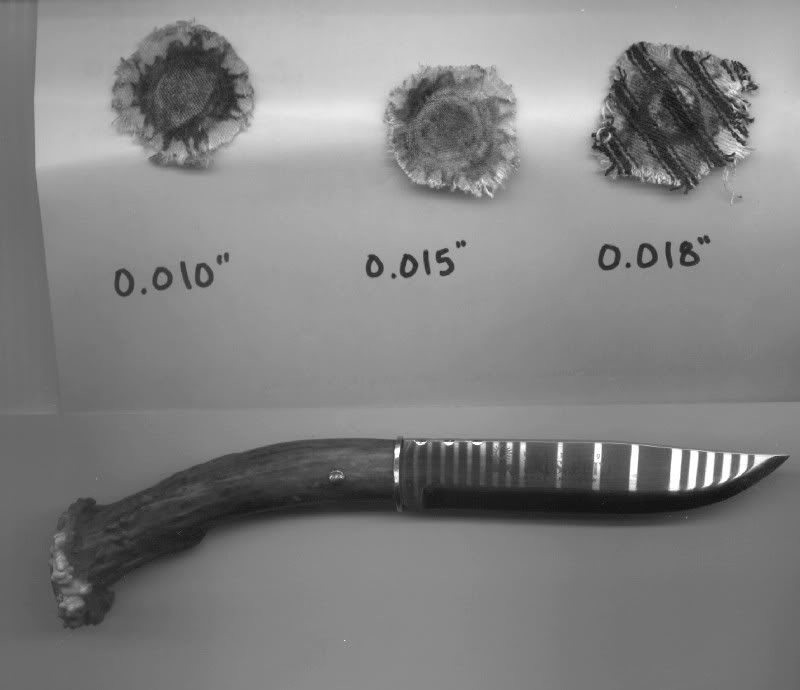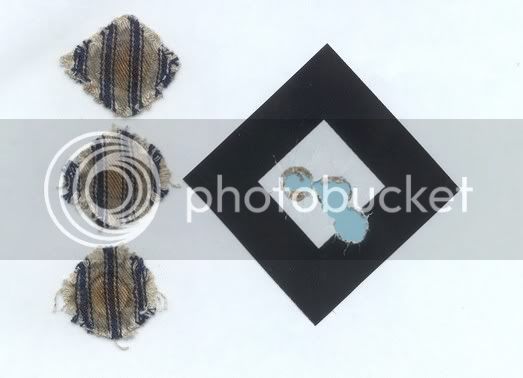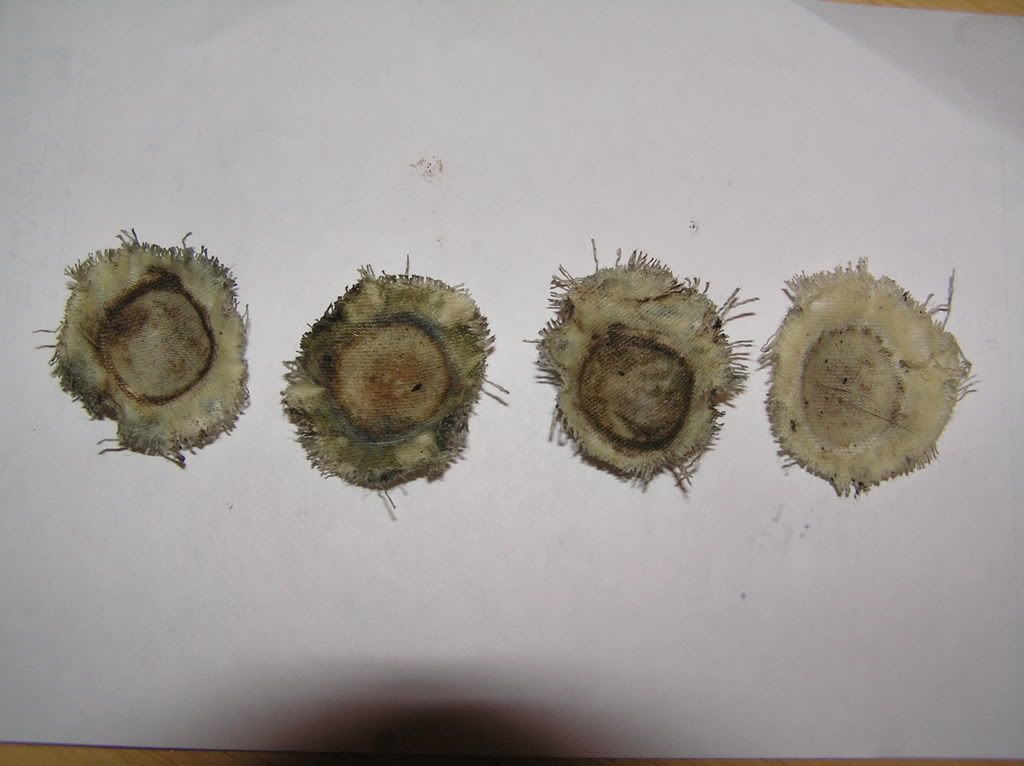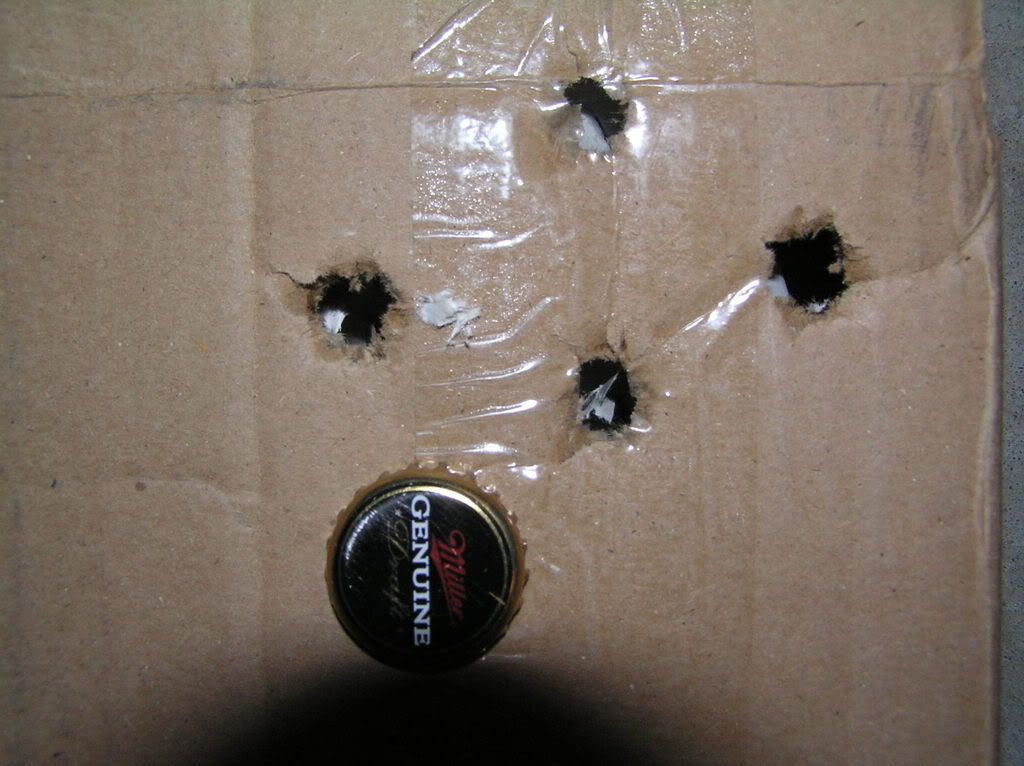Could you lead me by the hand or drop beard crumbs? I can't find it.
Here you go: the whole Moose line
S t u m p k i l l e r’ s
MOOSE JUICE
All Weather Enriched
Blackpowder Solvent & Body Wash
A general purpose blackpowder solvent and liquid patch lube. Shake well before using. Can be allowed to dry on dipped patching for a dry lube dry flat on waxed paper & dip twice for best saturation). Add ingredients in the following order and shake well after each is added.
Isopropyl Alcohol (91%) 8 oz.
Castor Oil 3 oz.
Murphys Oil Soap 1 oz.
Witch Hazel 4 oz.
Water (non-chlorinated) 16 oz.
S t u m p k i l l e r’ s
MOOSE SPIT
All Weather Antiseptic
M/L Cleaner & Hygiene Spray
Use as you would Windex or 409 Spray Cleaner. A cleaner for when you can’t get to hot, soapy water.
Water (non-chlorinated) 5 cups
Ammonia ½ cup
Isopropyl Alcohol 1 cup
Murphy’s Oil Soap 2 tbsp.
S t u m p k i l l e r’ s
MOOSE SNOT
All Weather Prophylactic
Patch Lube & Sensual Rub
A premium multi-shot between wiping (10+) patch lube stable over a wide temperature range.
SPECIFICALLY designed for use of patched round balls in a loading block
Beeswax 2 oz.
Castor Oil 8 oz.
Murphy’s Oil Soap 1 oz.
Heat beeswax in a soup can set a pot of water. ( A double-boiler. I keep my beeswax in a one pound coffee can and measure out what I need by melting it and pouring it into measuring cups). Add just enough water to the pot so that the inner can does not begin to float (should be just short of the lube level in the can). Heat the water to a low boil. In a separate can, add the castor oil and Murphy's oil soap (cold). Once the beeswax is melted, swap the castor oil can in the pot of water for the beeswax. Add the beeswax to the oils. It will clump up. Stir with an ice tea spoon as the mixture heats up. When it fully melts there will often be a scum that floats to the top and just won't mix in. Be patient. DO NOT COOK THE MIXTURE. Once the solids are dissolved there is no need to heat further. Skim the scum off. Remove the mix from the heat and wipe the water off the outside (so it won't drip into the container when you pour it out). FINAL TOP SECRET STEP: Add a generous teaspoon of Murphy’s Oil Soap and stir vigorously. This last step makes the lube frothy, smooth and more smearable - really adds to the appearance; though it doesn't seem to matter to the function of the lube. Clamp the can in the jaws of a vice-grip pliers and pour into the waiting tins. Allow to cool a half hour.
Note: it if is a hinged tin - line the edge that has the hinges with a strip of aluminum foil so it doesn't ooze out before it cools.
These recipes are intended for patch lubrication and black powder residue solvent purposes only. They possess some protective properties but should not be relied on as the sole method of metal protection. A penetrating oil or rust preventative product, such as Birchwood Casey Sheath, is highly recommended for storage between shooting.
S t u m p k i l l e r’ s
MOOSE MARROW
All Weather Moisturizing
Conical Lube & Laxative
A denser lube for adhering in the grooves of conical bullets
Beeswax 3 oz.
Castor Oil 9 oz.
Murphy's Oil Soap 1 oz.
Witch Hazel 1 oz.










